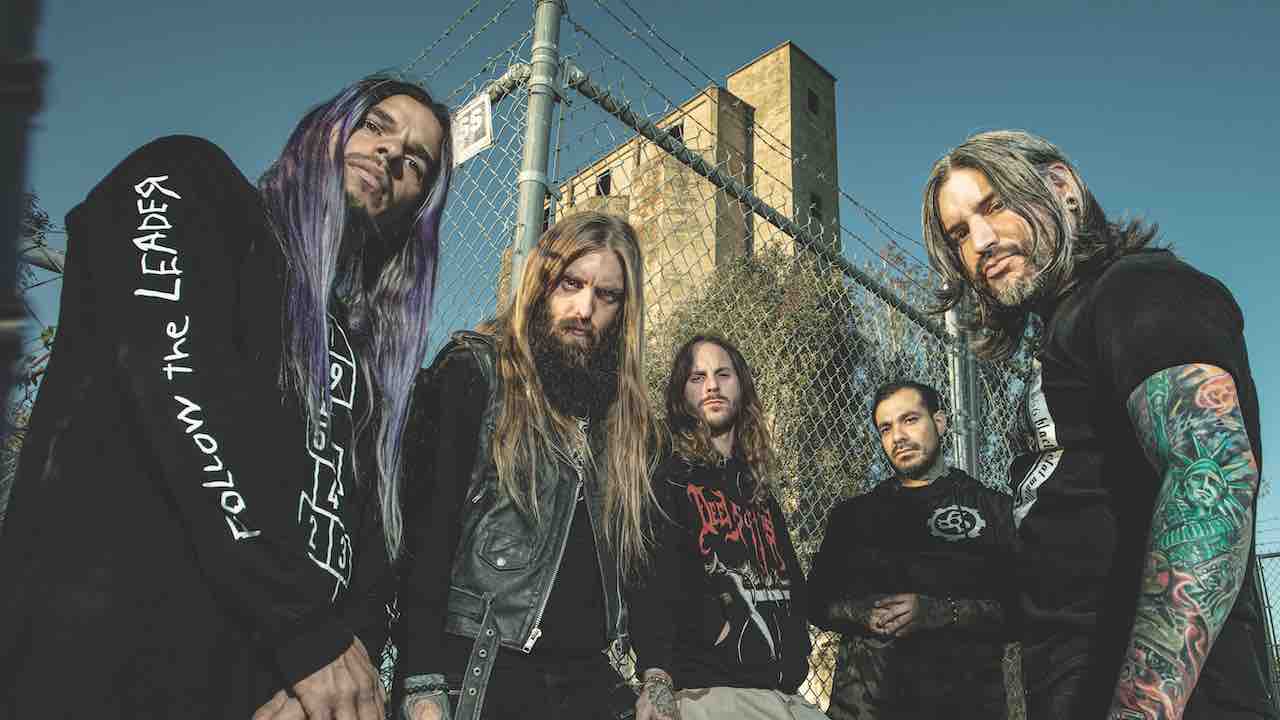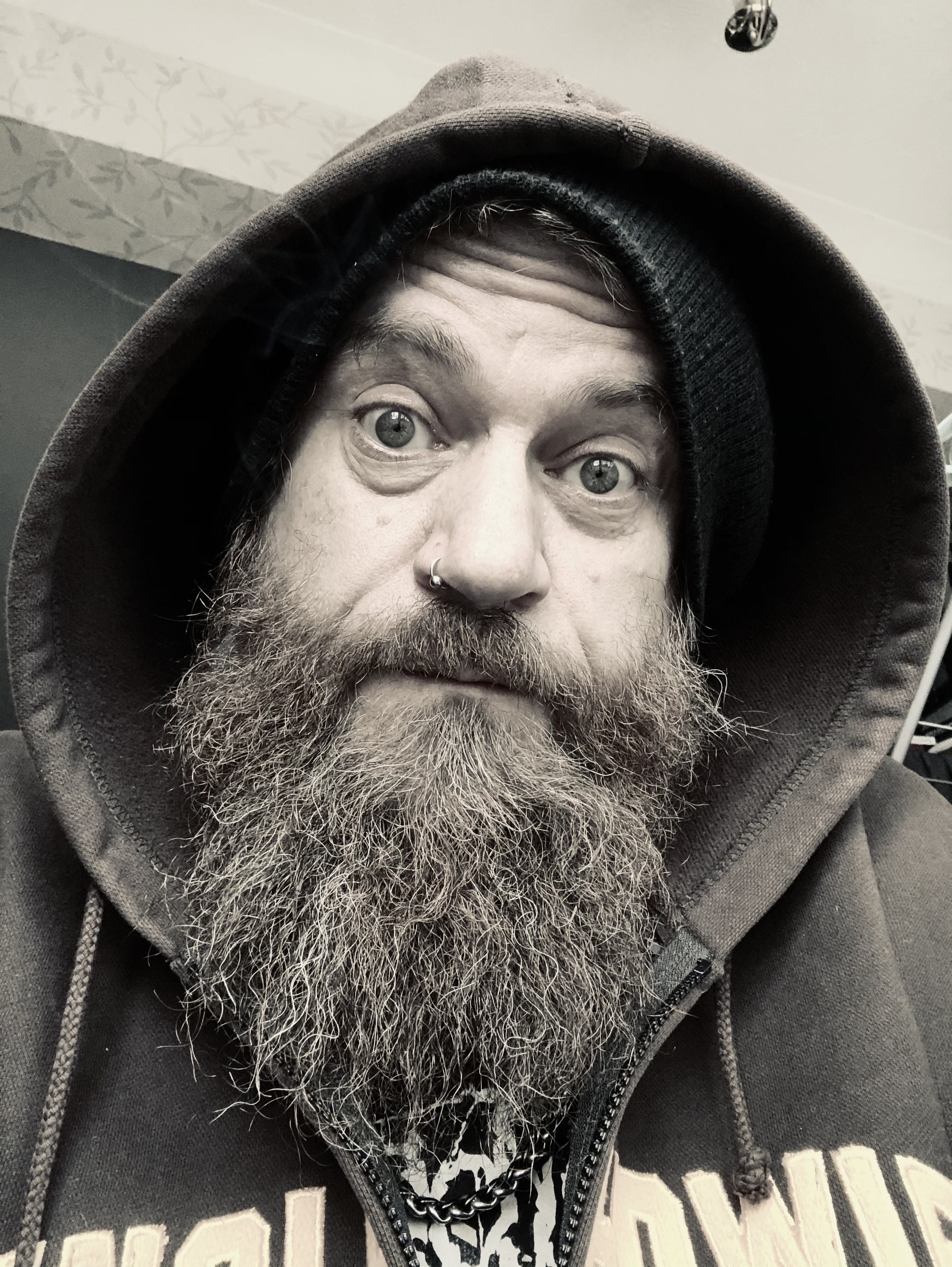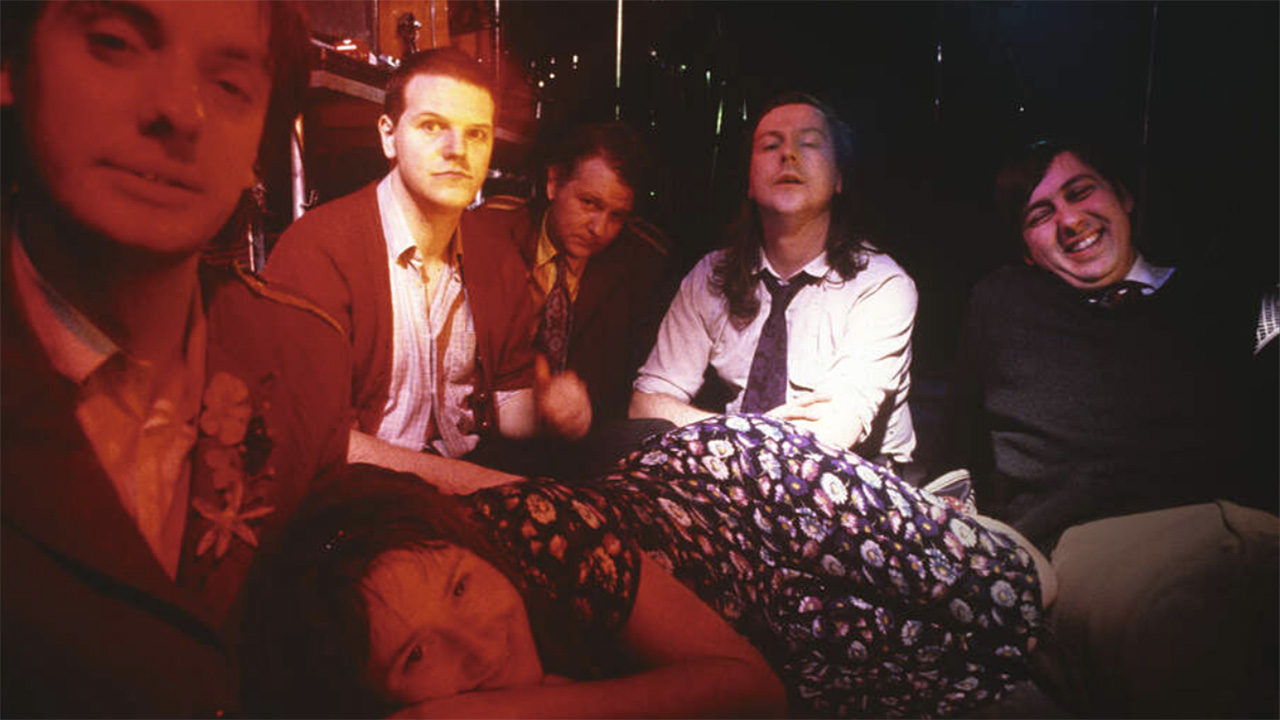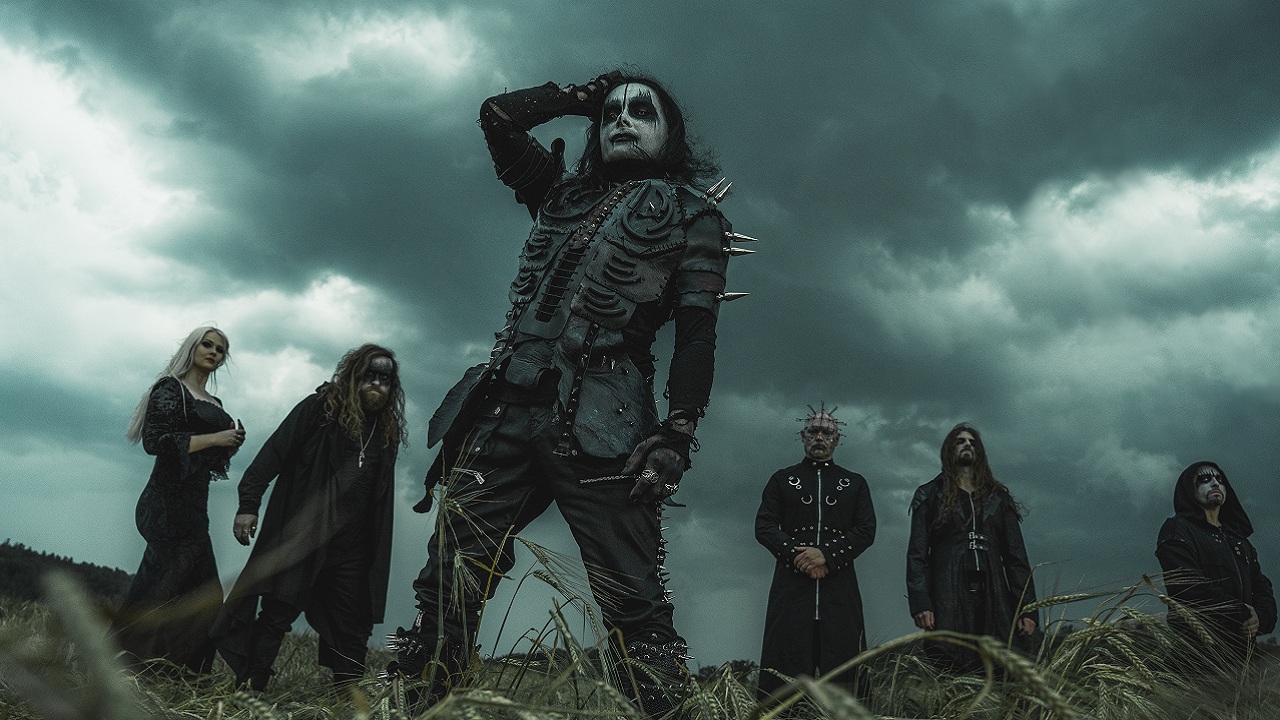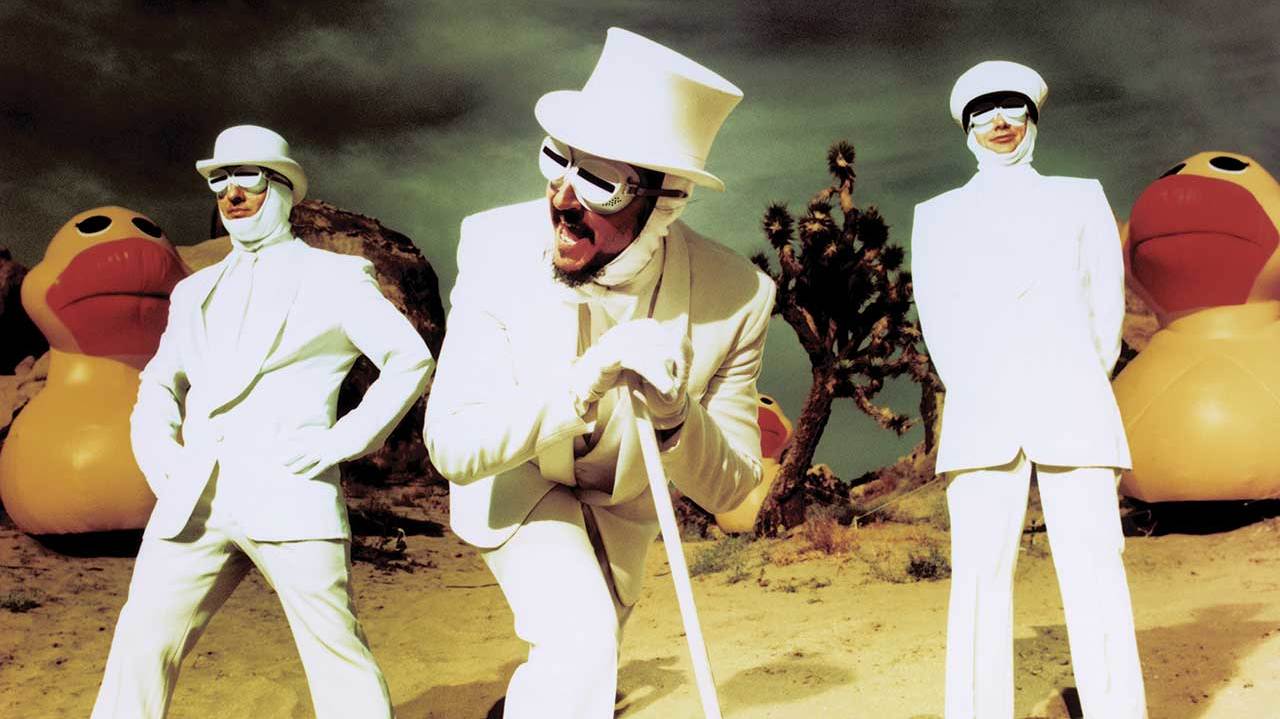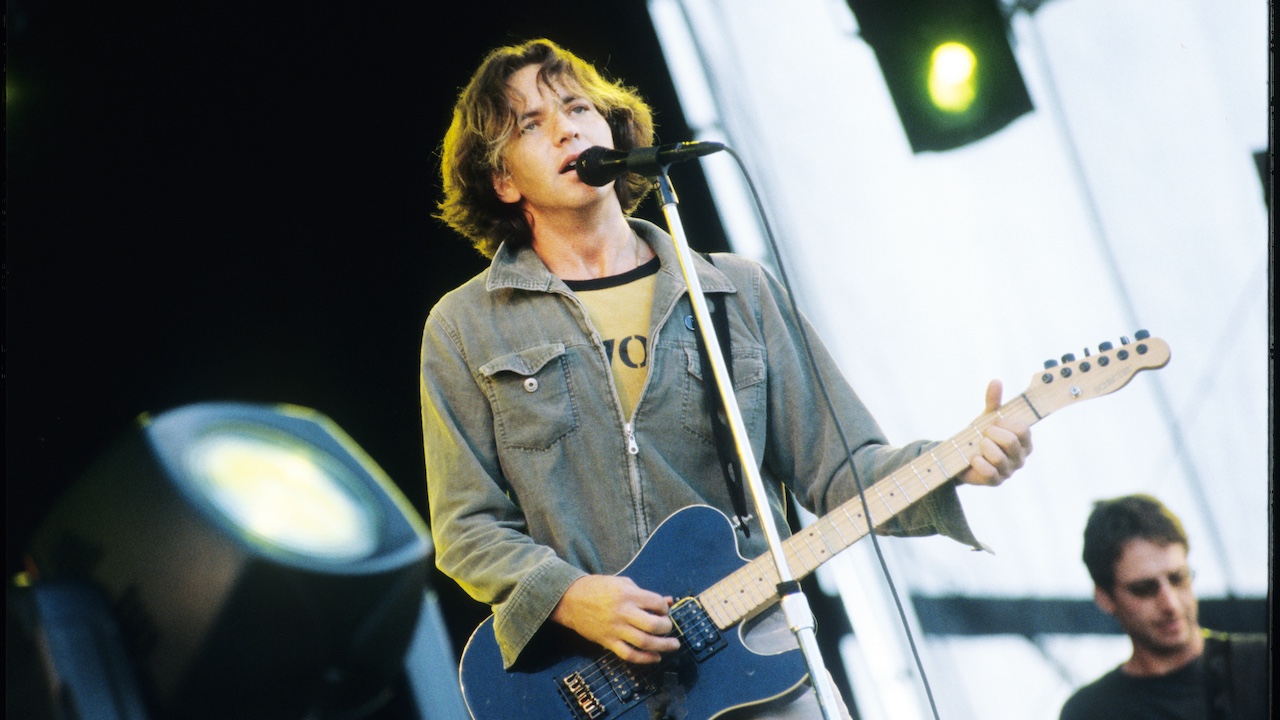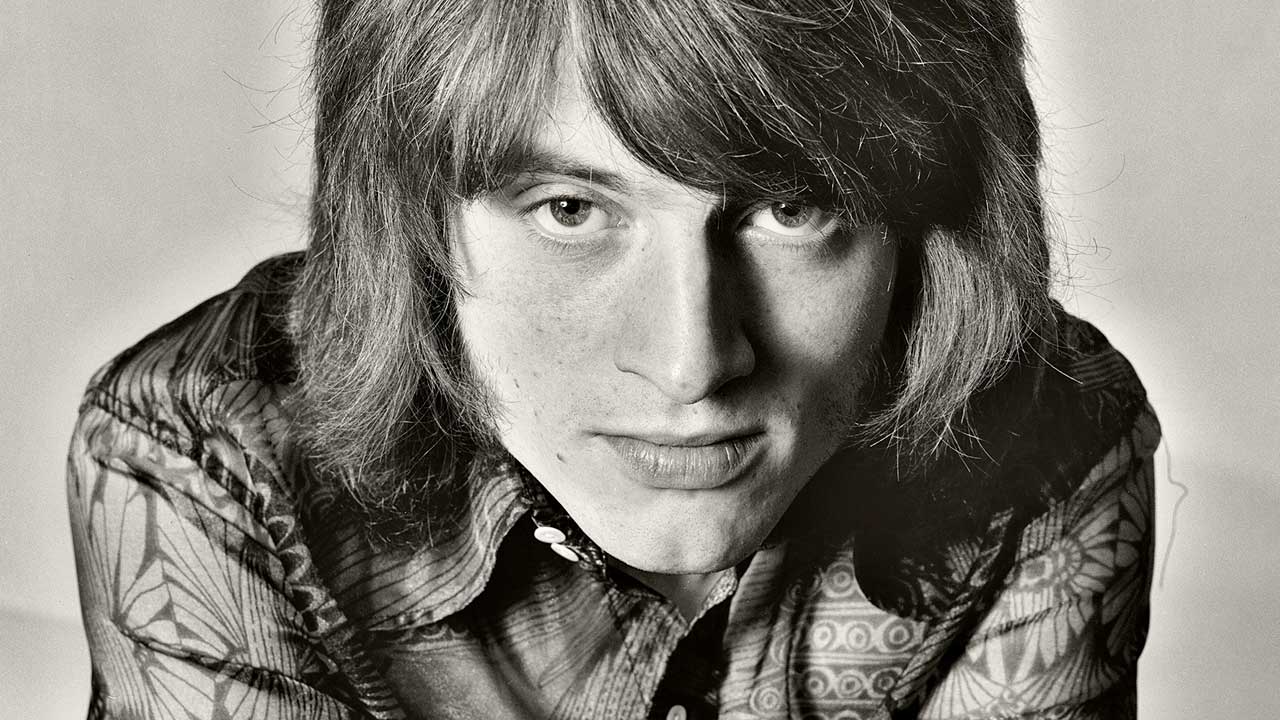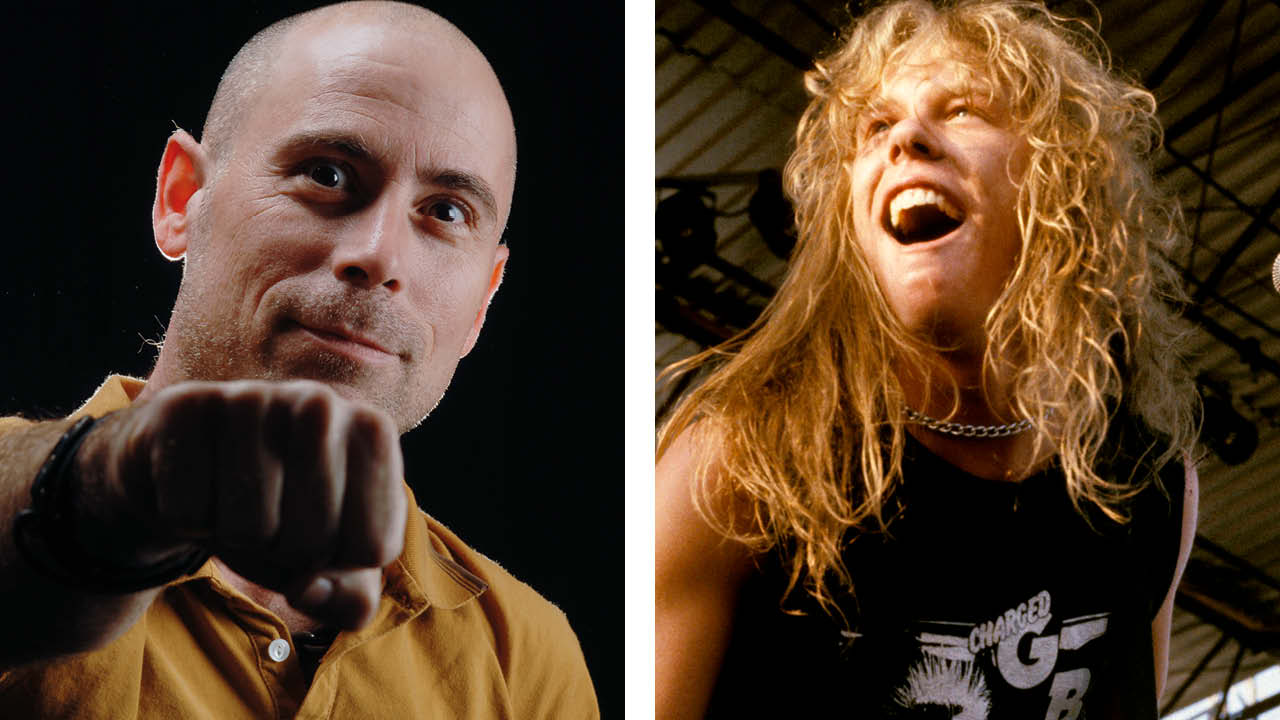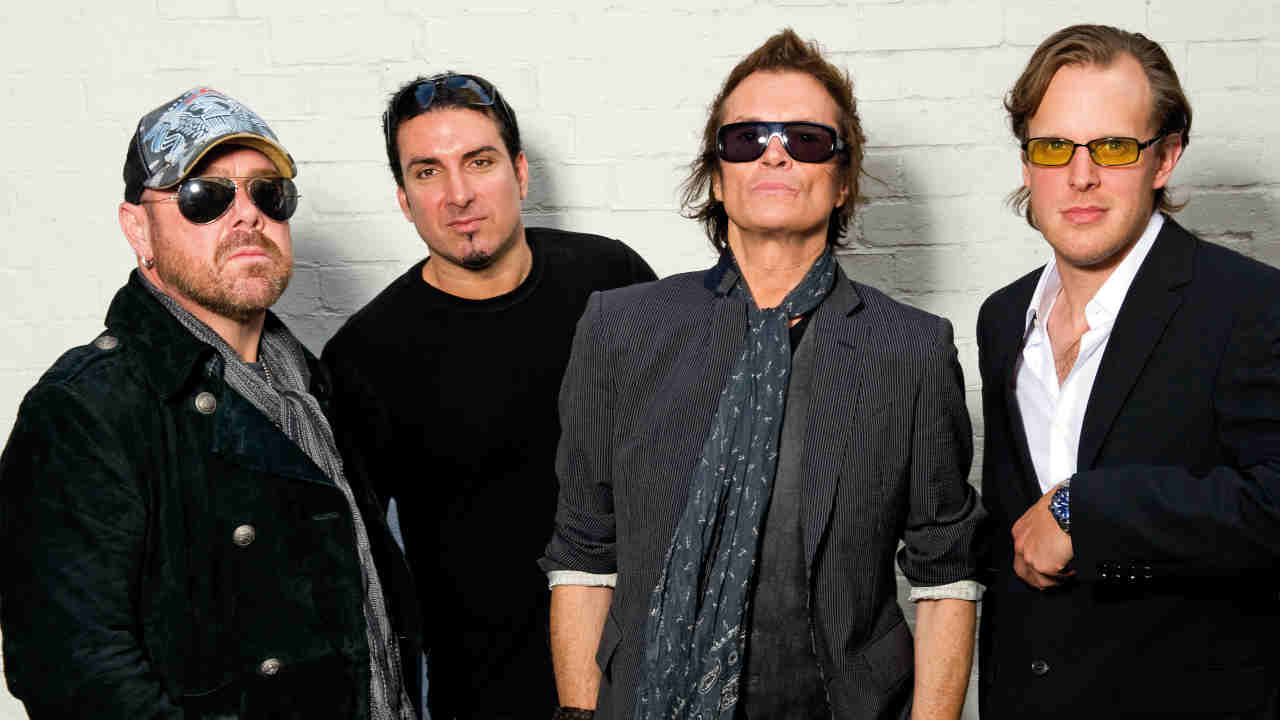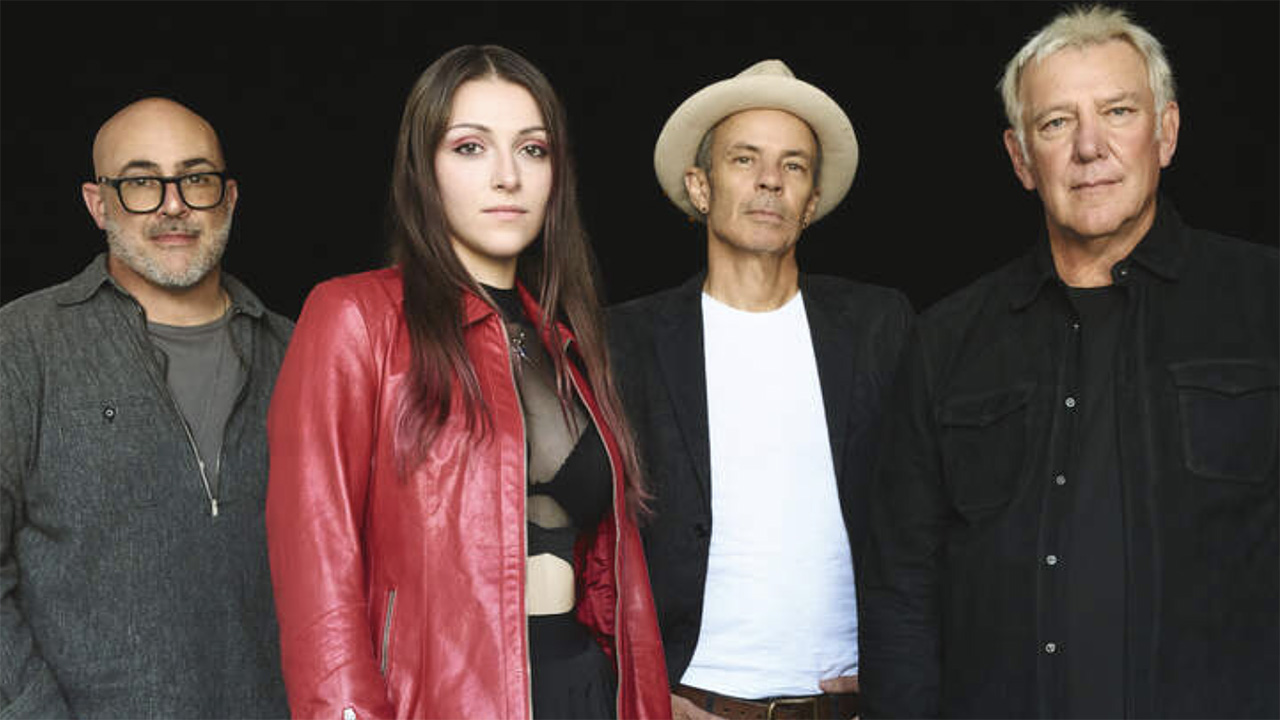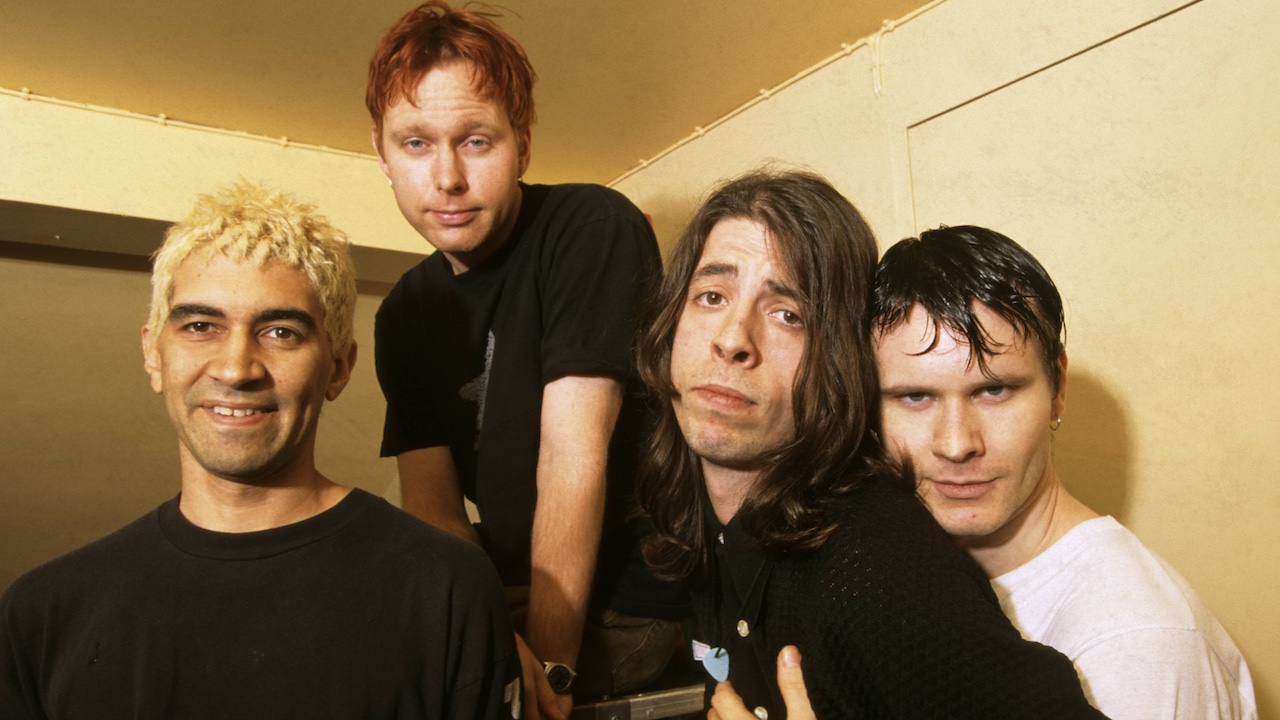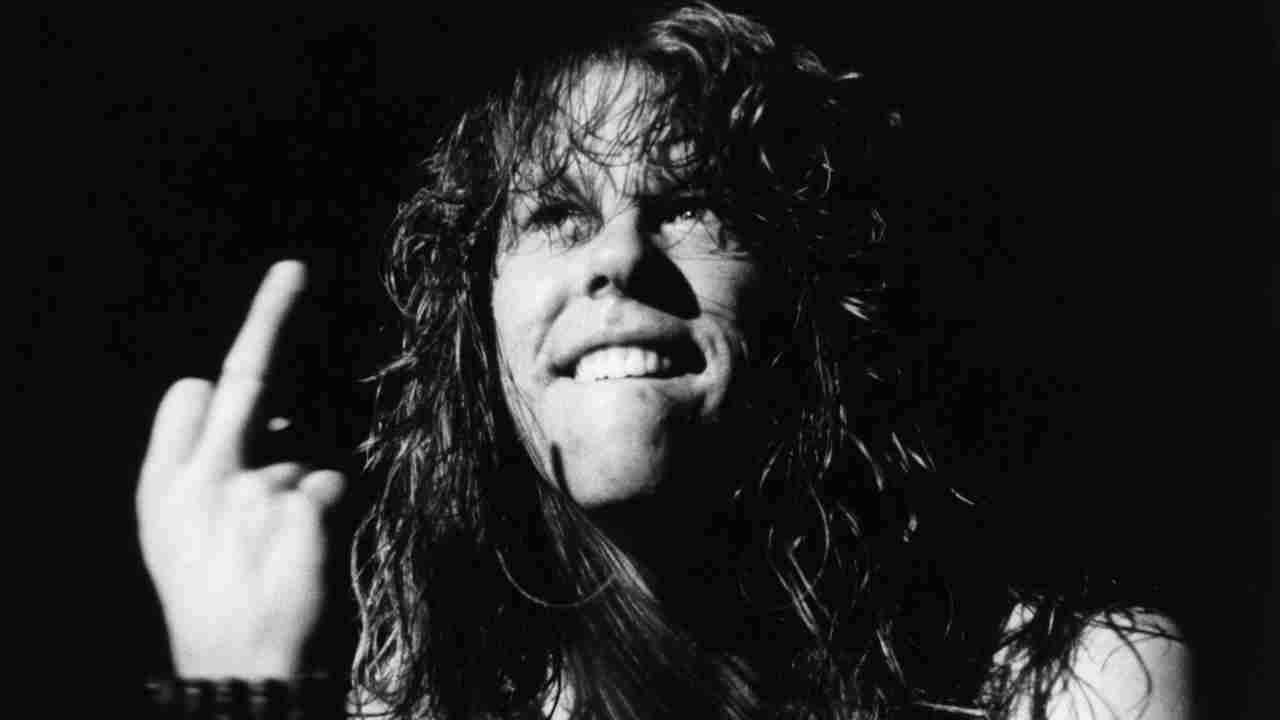From hair metal to screamo, the history of metal is strewn with subgenres and stylistic detours that were decried as an unnecessary dilution of metal’s sonic code. But few musical phenomena in our world have come close to inspiring the kind of contempt and vitriol that deathcore has generated over the last decade or so. And yet, deathcore has been – and remains – hugely popular and influential.
“When we started out back in 2001, obviously the deathcore genre didn’t exist,” says Eric Jarrin of Montreal deathcore pioneers Despised Icon, who arguably invented the genre . “What we did was just combine some of the influences we had. We were into brutal death metal like Suffocation, Devourment and Dying Fetus, but we were also into bands like Hatebreed and Madball. We were also influenced by Obituary and Sepultura… they had slam riffs, too, or breakdowns as they’re called today. A song like Dead Embryonic Cells by Sepultura [from 1991’s Arise] has one of the most epic breakdowns ever! So we just wanted to combine the blastbeats with slam riffs and breakdowns, and that’s what we did.”
Perhaps the most common misconception about deathcore is that it represents some kind of terrible betrayal of values associated with the more fervently underground death metal scene that inadvertently spawned it. However, the truth is that all of deathcore’s major players – Suicide Silence, Carnifex, Whitechapel and All Shall Perish – are united in attributing deathcore’s emergence to a genuine and passionate love for real death metal, and the predominantly US east coast-based phenomenon of ‘slam’, propagated by the likes of Maryland’s Dying Fetus, Long Island’s Internal Bleeding and Dallas’s Devourment: bands that were 100% death metal, but that also exhibited a knack for crushing, mid-paced grooves and breakdowns. In fact, blending death metal with hardcore was by no means a new thing when Despised Icon emerged.
“We were influenced by many early metal and hardcore bands,” says Derek Boyer, bassist with Long Island’s Suffocation. “It‘s very safe to say the origin of the band in the north east of the US has something to do with the band’s style. Ninety-nine per cent of metal bands out of this area are strongly influenced by the New York hardcore scene, so there’s more of a ‘slam’-style, ‘beatdown’ feel to death metal bands from here than, say, the Florida bands that were coming out around the same time.”
For metalhead kids who grew up in the mid-to-late 90s, that combination of musical ideas seemed like the most natural and powerful thing in the world.
“I remember talking to [All Shall Perish guitarist] Ben Orum when I first joined that band,” says Eddie Hermida of Suicide Silence and All Shall Perish. “He put on an Internal Bleeding CD and they went in on one of their quintessential slams, and I remember my eyes rolled back into my head and I just got this feeling of, ‘Fuck! This is my music right here!’ It was everything I loved.”
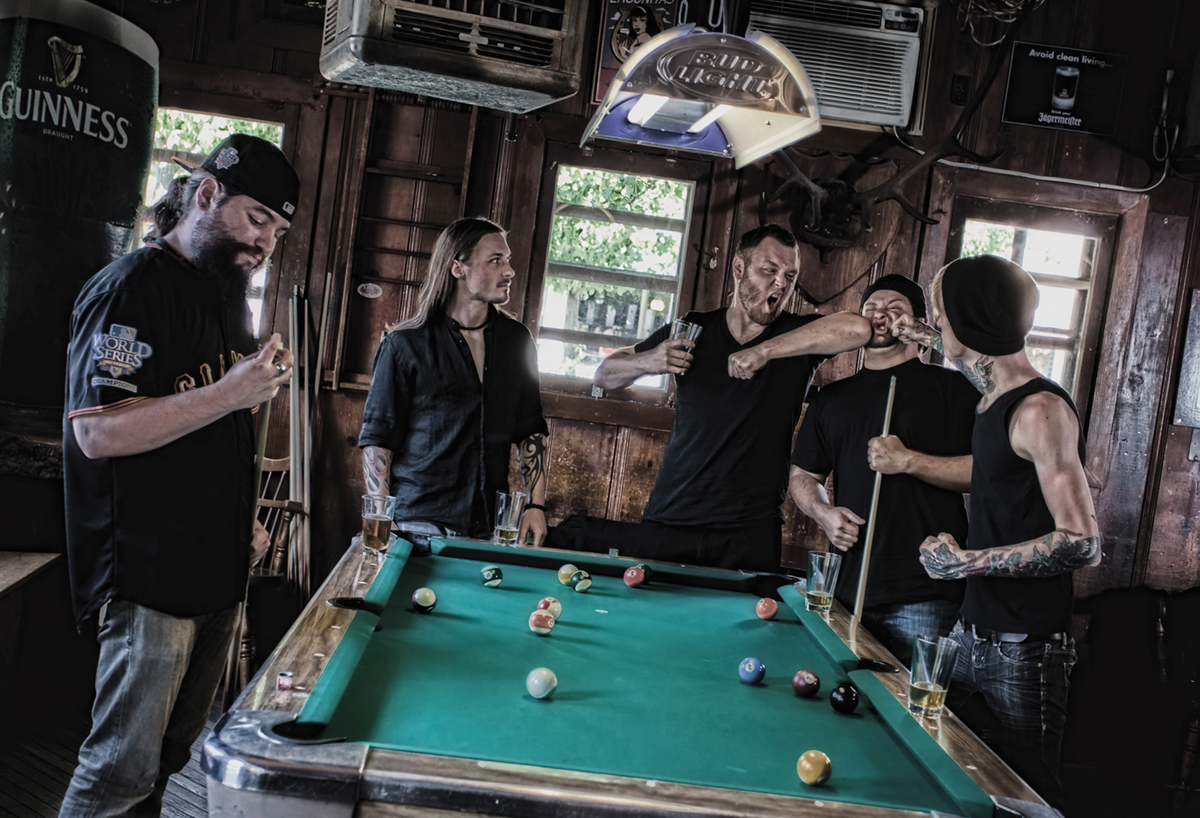
Despised Icon did not have it easy when they first tried to break into the extreme metal world in 2002. While no one could credibly have dismissed their music for a lack of aggression of intensity, the fact that the Montreal crew looked significantly different from their Satanic, black-clad peers ensured that their first few years as a touring band were harder than anyone had expected.
“When we started touring, Suicide Silence and those other bands weren’t around, so we’d tour on the death metal circuit,” vocalist Alex Erian recalls. “We’d tour with Morbid Angel or Behemoth or Deicide, and we didn’t fit in. I had short hair, a baseball cap, I’m wearing a white t-shirt… I remember talking with David Vincent [ex-Morbid Angel frontman], and he said, ‘Look at me, I’m wearing boots, I’ve got long hair and all my clothes are black… and look at you!’ Ha ha ha! I was like, ‘Well, I’m just going to do me and I don’t really feel like trying to fit in…’”
Duly inspired by new possibilities and shown the way by Despised Icon, a new generation of bands emerged during the first few years of the 21st century. By the middle of the decade, deathcore had evolved from humble origins in the underground to a point where this new subgenre was threatening to dethrone the then-ubiquitous metalcore sound that was dominating the metal scene, particularly in the US. More palatable than traditional death metal for younger metal fans who had grown up during the nu metal era, and yet still brutal and extreme enough to lure in plenty of underground diehards, this as-yet-unnamed evolutionary step was having a massive impact.
“I remember hearing Consumed By Your Poison [Despised Icon’s 2002 debut album] and the very first All Shall Perish album [2003’s Hate, Malice, Revenge], and they were the first two records that had that sound, but no one was calling them deathcore,” notes Carnifex frontman Scott Lewis. “It was new territory at the time. So we put out our Dead In My Arms CD, and then Suicide Silence put out The Cleansing, and Whitechapel released The Somatic Defilement, and those albums hit at the same time [in the second half of 2007]. People were ready to hear the next heaviest thing. You couldn’t have planned it.”
Unfortunately, as with most subgenres, deathcore’s rise to prominence was swiftly followed by a massive backlash. Several years on from its inception, it had followed a similar path to subgenres like nu metal and metalcore, in that after an initial flurry of exciting new music, a prolonged period of oversaturation and the endless repetition of clichés had made any band knowingly embracing the deathcore tag an easy target for snarky internet trolls. Deathcore’s now well-established clichés – the simplistic breakdowns, digital bass booms and ‘pig squeal’ vocals – were increasingly being used as sticks to beat the bands with. While the likes of Suicide Silence and Carnifex were growing in stature and popularity, other notable contributors to the genre’s development were beating a hasty retreat, most notably Job For A Cowboy: a band that came from nowhere and established a vast following via their MySpace page and their debut EP Doom in 2005, before pointedly rejecting the deathcore tag and much of the genre’s sound prior to recording their debut album, Genesis, in 2007.
“Once it had that negative connotation, all these bands started trying to prove how metal they were,” Eddie Hermida recalls. “Job For A Cowboy ran the fuck away from the deathcore scene. I don’t like to discredit anybody, but I don’t think the deathcore vibe has been kept alive in many of the newer bands. No one wanted to be deathcore, so everyone was trying to change it from the get-go!”
“A few years back, all the websites decided that comparing everyone to Emmure and calling everyone deathcore was the most wicked burn they could come up with!” laughs Carnifex’s Scott Lewis. “Now I think that’s pretty played out. If you look at Whitechapel and us and Suicide Silence, I think people would agree that we’re writing genuine music. It’s not a gimmick, it’s music that we’re passionate about and that continues to carry our careers, and there’s a big fanbase for it. We don’t take it lightly but we’re not sitting there pondering our existence within the deathcore sphere! We’re just being ourselves.”
In recent times, bands like Emmure and Attila have come to represent deathcore’s creative nadir, but as Eddie Hermida eagerly states, “those bands would probably admit that they’re not influenced by real death metal anyway!” Ultimately, objections to the very notion of deathcore will always be hurled around, particularly by pouting purists, but as Derek Boyer points out, the death metal bands that influenced the deathcore generation feel far more favourable towards their offspring than most swivel-eyed haters would care to admit.
“We’re a pretty down-to-earth band and are friends with many of the bands in the deathcore scene today,” he states. “Personally, I’m very proud of them! These young players, some of whom I’ve know since they were in death metal bands before deathcore was even around, have done so much in a short time and achieved such a level of notoriety. It’s flattering to say the least, that we played a part in influencing them.”
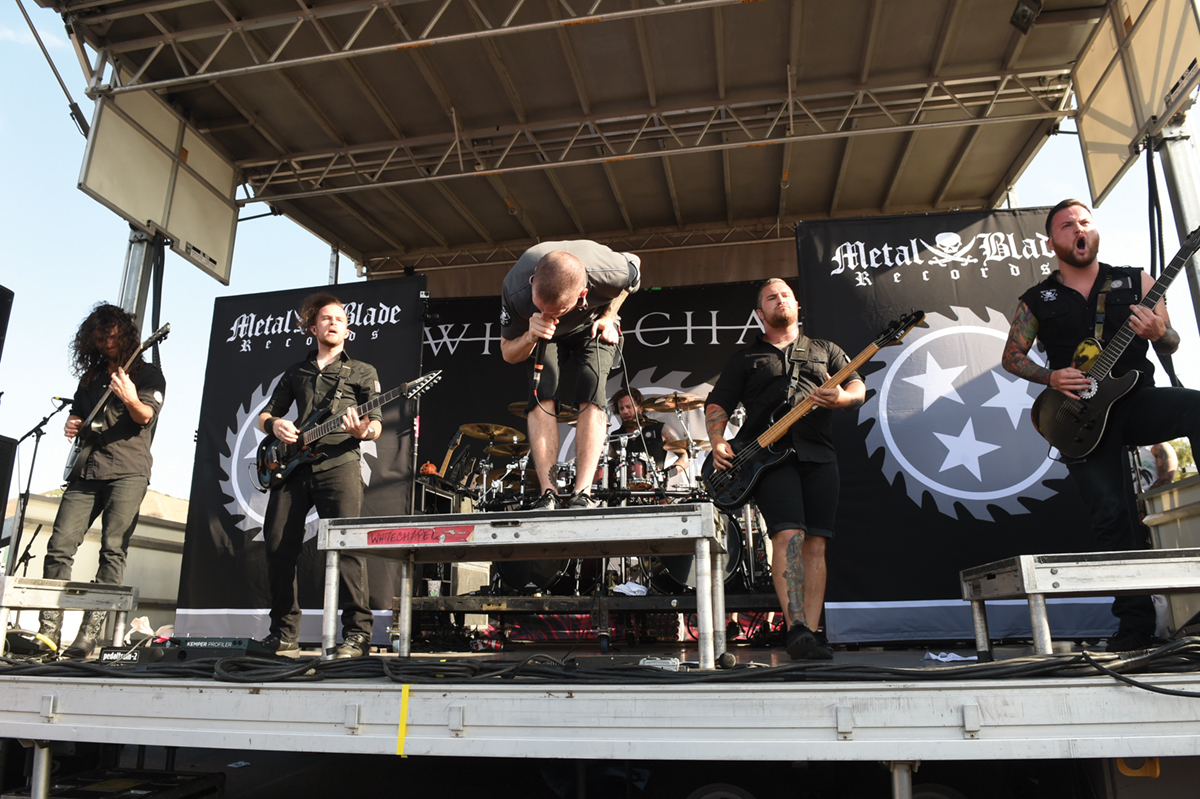
Today, deathcore – or whatever you prefer to call it – could hardly be in a better state of health. Carnifex, Suicide Silence and Chelsea Grin are all releasing brand new albums and determinedly pushing the genre forward, while newer bands like New Jersey’s Fit For An Autopsy, San Diego’s Lord Of War and Washington’s Enterprise Earth are proving that the deathcore formula still has the potential to inspire great things from its young advocates. It seems fitting, then, that Despised Icon are returning with a monstrous new album, Beast, and are ready to reclaim their status as the band that started it all.
“When we broke up in 2010, we didn’t fully grasp the extent of the influence we’d had on the metal scene and in the deathcore genre,” says Eric Jarrin. “A couple of years before, we had Whitechapel and Carnifex opening up for us. But when we split up, those bands were huge and headlining big tours, and we were opening up for them on those tours. We were super-burned-out from touring extensively and that’s why we split. But now, seeing how people didn’t forget about us and they’re still interested in hearing new music, that’s overwhelming. It’s funny, but we’re really feeling love from the metal community now. We’re back for good!”
Back for good… and proud to be deathcore?
“Yeah, exactly! We’re not against the title. If people think we started this movement then OK, we’ll take that. Deathcore is pretty fucking cool.”
